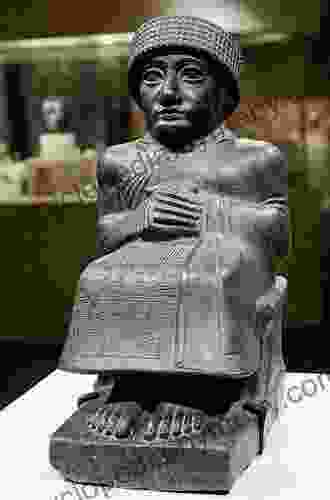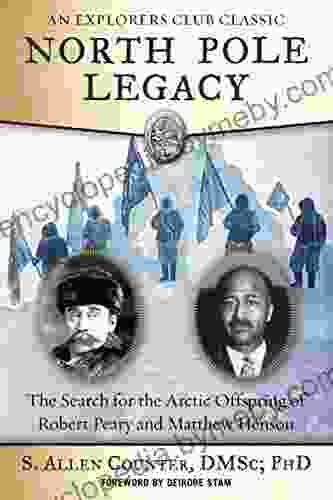The Art of Mesopotamia

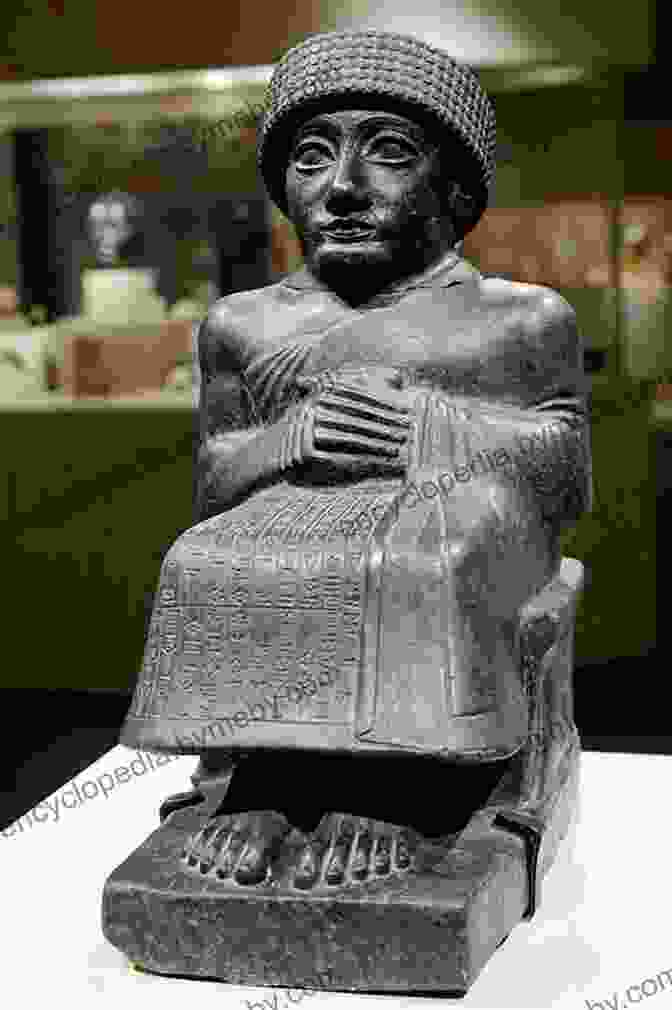
In the heart of the Fertile Crescent, where the mighty Tigris and Euphrates rivers intertwined, flourished one of the most enigmatic and influential civilizations of all time: Mesopotamia.
From the dawn of written history in the 4th millennium BCE to the rise and fall of empires, Mesopotamia was a melting pot of cultures, innovation, and artistic brilliance. Its legacy continues to captivate and inspire us today.
A Tapestry of Civilizations
Mesopotamia was not a monolithic entity but a patchwork of shifting political boundaries and cultural identities. The Sumerians, Akkadians, Babylonians, and Assyrians, among others, left their unique mark on the region's art.
Sumerians (c. 4500-1900 BCE): Known for their advanced writing system, temple architecture, and naturalistic sculptures.
Akkadians (c. 2334-2154 BCE): Established the world's first empire under Sargon of Akkad. Their art often depicted scenes of military triumph and conquest.
Babylonians (c. 1894-539 BCE): Famous for the Code of Hammurabi, a renowned legal text. Babylonian art was characterized by grandeur, precision, and intricate details.
Assyrians (c. 1365-612 BCE): Known for their ruthless military campaigns and sophisticated urban centers. Assyrian art often reflected their martial prowess and love of hunting.
From Clay to Stone: A Range of Artistic Media
The artists of Mesopotamia worked with a wide range of materials, showcasing their versatility and technical expertise.
Clay: The abundance of clay in the region made it a primary material for pottery, tablets, and decorative objects. Mesopotamian potters produced a vast array of vessels, from simple bowls to elaborate sculptures.
Stone: The scarcity of stone in Mesopotamia made it a highly prized material. Limestone, alabaster, and basalt were used for monumental sculptures, reliefs, and architectural elements.
Metal: Gold, silver, copper, and bronze were used for jewelry, weapons, and religious artifacts. Mesopotamian metalworkers were renowned for their intricate craftsmanship.
Enduring Masterpieces
From grand palaces to humble households, Mesopotamian art adorned every aspect of life. Some of the most iconic pieces include:
- Standard of Ur (c. 2600 BCE): A rectangular inlaid box depicting scenes of war and peace, offering a glimpse into Sumerian society.
- Victory Stele of Naram-Sin (c. 2250 BCE): A massive stone relief commemorating the Akkadian king's military victory.
- Code of Hammurabi (c. 1750 BCE): A black stele inscribed with the renowned Babylonian legal code.
- Lion Gate of Babylon (c. 1900 BCE): A monumental archway decorated with glazed bricks and reliefs of heraldic animals.
- Lamassu (c. 700 BCE): Colossal human-headed winged bulls that guarded the gates of Assyrian palaces.
Legacy and Influence
The Art of Mesopotamia had a profound impact on subsequent civilizations, shaping the development of art in the Middle East, Europe, and Asia.
Persia: The Achaemenid Empire (c. 550-330 BCE) incorporated Mesopotamian artistic elements, such as reliefs and glazed bricks, into its monumental architecture.
Greece: Greek artists were inspired by Mesopotamian sculptures, particularly those depicting human figures and mythological creatures.
Rome: Roman art drew heavily on Mesopotamian motifs, including winged victories, architectural elements, and decorative patterns.
Rediscovering a Lost Civilization
The rediscovery of Mesopotamian art in the 19th and 20th centuries was a major archaeological triumph. Excavations at sites like Ur, Babylon, and Nimrud unearthed countless treasures that shed light on the ancient civilization.
Today, museums around the world house magnificent collections of Mesopotamian art, allowing us to marvel at the ingenuity and artistry of a people who laid the foundations of human civilization.
From the intricate carvings of Sumerian pottery to the majestic reliefs of Assyrian palaces, the Art of Mesopotamia continues to inspire and enchant, providing a timeless testament to human creativity and the enduring power of beauty.
Do you want to contribute by writing guest posts on this blog?
Please contact us and send us a resume of previous articles that you have written.
 Book
Book Novel
Novel Page
Page Chapter
Chapter Text
Text Story
Story Genre
Genre Reader
Reader Library
Library Paperback
Paperback E-book
E-book Magazine
Magazine Newspaper
Newspaper Paragraph
Paragraph Sentence
Sentence Bookmark
Bookmark Shelf
Shelf Glossary
Glossary Bibliography
Bibliography Foreword
Foreword Preface
Preface Synopsis
Synopsis Annotation
Annotation Footnote
Footnote Manuscript
Manuscript Scroll
Scroll Codex
Codex Tome
Tome Bestseller
Bestseller Classics
Classics Library card
Library card Narrative
Narrative Biography
Biography Autobiography
Autobiography Memoir
Memoir Reference
Reference Encyclopedia
Encyclopedia Ahmed Hulusi
Ahmed Hulusi Christine Hopfgarten
Christine Hopfgarten Ronald Wright
Ronald Wright J F Andrews
J F Andrews Hannibal Tabu
Hannibal Tabu Adam J Rosh
Adam J Rosh Gary May
Gary May Martin Liebscher
Martin Liebscher Laura Boswell
Laura Boswell A M Luzzader
A M Luzzader John Weisenberger
John Weisenberger Sherry Ginn
Sherry Ginn Daniel J Velleman
Daniel J Velleman Abu Mussab Wajdi Akkari
Abu Mussab Wajdi Akkari Howexpert Press
Howexpert Press Ian Hall
Ian Hall Leon Edward
Leon Edward Brian Pennell
Brian Pennell 1st Ed 2018 Edition Kindle Edition
1st Ed 2018 Edition Kindle Edition Adam Ellis
Adam Ellis
Light bulbAdvertise smarter! Our strategic ad space ensures maximum exposure. Reserve your spot today!
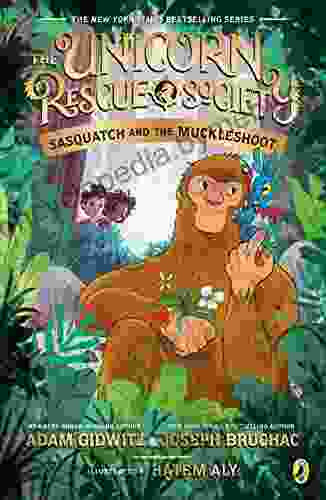
 Colton CarterSasquatch and the Muckleshoot: The Unicorn Rescue Society - A Journey into...
Colton CarterSasquatch and the Muckleshoot: The Unicorn Rescue Society - A Journey into...
 William WordsworthInternships: Theory and Practice - An Invaluable Guide for Students and...
William WordsworthInternships: Theory and Practice - An Invaluable Guide for Students and... Maurice ParkerFollow ·11.1k
Maurice ParkerFollow ·11.1k Harvey HughesFollow ·9.2k
Harvey HughesFollow ·9.2k Levi PowellFollow ·5.7k
Levi PowellFollow ·5.7k Jules VerneFollow ·10.8k
Jules VerneFollow ·10.8k Ernesto SabatoFollow ·11.2k
Ernesto SabatoFollow ·11.2k Corey HayesFollow ·7.9k
Corey HayesFollow ·7.9k Andres CarterFollow ·11.8k
Andres CarterFollow ·11.8k Octavio PazFollow ·2.9k
Octavio PazFollow ·2.9k
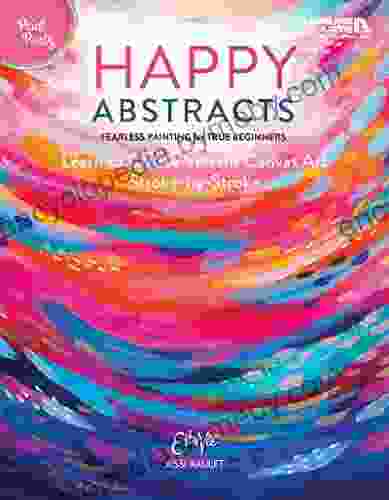
 Timothy Ward
Timothy WardFearless Painting for True Beginners: Learn to Create...
Unlock the Joy of...

 Fernando Pessoa
Fernando PessoaProven 12-Step Program for Financial Peace of Mind:...
Are you struggling with...

 Chinua Achebe
Chinua AchebeLayers Colors Desire: Layers Colors Thoughts Mystery
A Literary Labyrinth...

 Fernando Bell
Fernando BellUnearth Hidden Treasures: Journey Through "Secondhand...
Prepare to embark on an extraordinary...
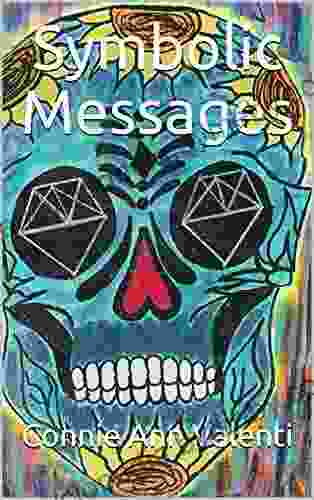
 Caleb Carter
Caleb CarterSymbolic Messages Garage Sale Mysteries: Unveiling the...
Welcome to the extraordinary world of the...

 Nikolai Gogol
Nikolai GogolTravels in the Billion Dollar Trash Trade: Uncovering the...
Ỡ In his...


